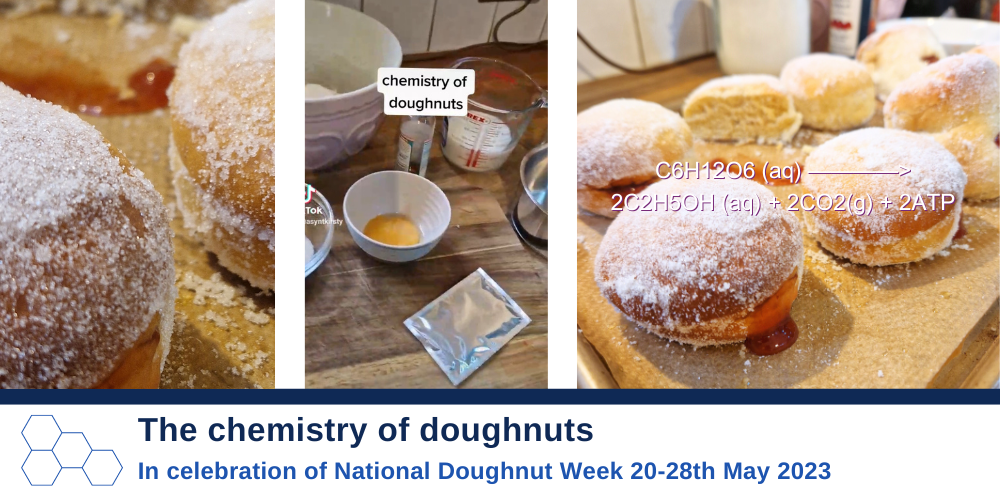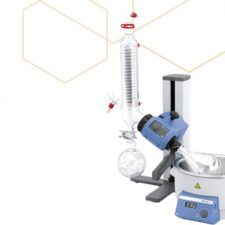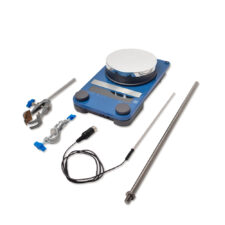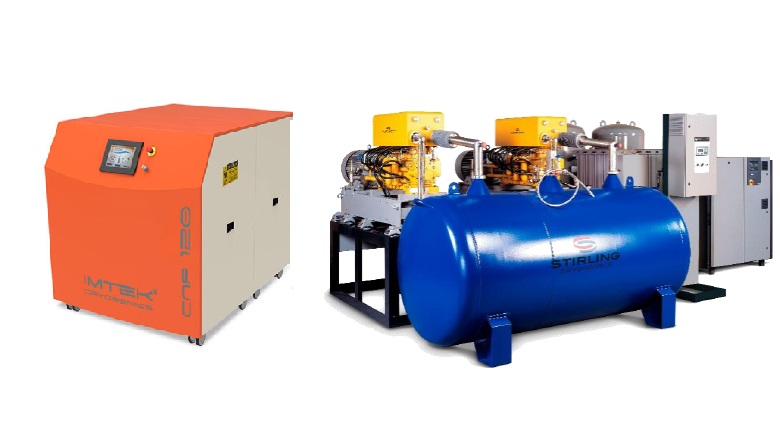
Doughnuts are a delicious treat that are enjoyed around the world (quite frequently in the Asynt HQ), and they involve a variety of chemical processes to create their unique texture and flavour. With National Doughnut Week approaching (20-28 May 2023), I felt obliged to investigate the chemistry of doughnuts for you!
At their most basic, doughnuts are made from a dough that is typically a mixture of flour, water, sugar, eggs, and a leavening agent, which is usually yeast or baking powder. The dough is then shaped into circles or other shapes, fried in hot oil until golden brown, and then coated in sugar, glaze, or other toppings. I discovered that there’s actually a slightly healthier baked option too though.
The chemistry of doughnuts starts with the flour, which is usually made from wheat. Flour contains proteins called glutenin and gliadin, which combine to form gluten when mixed with water. Gluten gives dough its elasticity and allows it to stretch without breaking, which is important for creating the structure of the doughnut.
Sugar is added to the dough to sweeten it and to help create a desirable texture. When sugar is mixed with water, it dissolves and creates a syrup, which helps to hydrate the dough and create a moist, tender crumb. Sugar is the ingredient that makes the yeast begin the process, as glucose is sugar. The chemical formula is (C6-H12-O6). The yeast uses the sugar as a food source to replicate itself/making the dough rise.
Eggs are also added to the dough to provide flavour, texture, and structure. The proteins in the egg coagulate when heated, which helps to set the structure of the doughnut and create a fluffy, tender texture.
Finally, the leavening agent (yeast or baking powder) is added to the dough to help it rise. Yeast is a living organism that ferments the sugars in the dough, producing carbon dioxide gas as a by-product. This gas gets trapped in the gluten structure, causing the dough to expand and become light and airy. Baking powder, on the other hand, is a chemical leavening agent that reacts with the acidic components in the dough (such as buttermilk or vinegar) to produce carbon dioxide gas and help the dough rise.
When the dough is fried in hot oil, a variety of chemical reactions take place. The high heat causes the moisture in the dough to evaporate, which creates steam that helps to puff up the doughnut. The oil also reacts with the dough, creating a crispy, golden-brown crust on the outside through the Maillard Reaction. Much as I adore these traditionally fried doughnuts, I wanted to see if the result would be as great if I followed a recipe where the dough is baked instead. Could they compare? As a company, we avoid using oil baths in the lab due to the inherent safety risks, and the mess, and necessary waste disposal so oil-free was the only way to go!
@asyntkirsty #science #labequipment #chemistryblog #chemistryblogger
Overall, the chemistry of doughnuts is a complex interplay of proteins, carbohydrates, and chemical reactions that come together to create a delicious treat – my test was a success and I’m proud to say that my family got through the whole batch of baked doughnuts in no time at all! There are loads of recipes online for you to try, but the baked doughnut recipe I used was from Dr Oetker. (Asynt is in no way affiliated with this brand and receives no benefit from providing this link). It’s simple enough that you could have a go with your kids, obviously with adult supervision (particularly for the baking), but that does mean that they’ll expect to eat the doughnuts too!
I’m sorry I don’t have any doughnuts left to share with you but I hope you enjoyed watching my efforts!








